
In just one week, the community of Ostional collected $14,000 to bring the bridge from San José that the National Highway Council (Spanish acronym: CONAVI) allocated to place over the Ostional River. They raised the money on the GoFundMe platform, after getting a quote for the transfer with the company Decatrans of Central America.
The development associations of Ostional (ADIO) and San Juanillo organized the fundraiser out of fear that the residents, who have been waiting for the bridge for more than 20 years, would once again be left with the promise still unfulfilled.
However, this doesn’t mean that the bridge will be installed soon.
In July of 2022, the Santa Cruz Municipal Council approved an agreement between CONAVI and the local government to place a modular [Bailey style] bridge over the Ostional River. The agreement establishes that CONAVI designs and donates the bridge and the municipality needs to install it.
The institutions took almost a year to sign it because the document approved by the council came with inaccuracies that made it not “feasible,” according to what CONAVI’s road and bridge construction manager, Pablo Camacho, told The Voice in February. It was not until April of 2023 that both parties signed it.
As of that date, the municipality could pick up the bridge at any time. CONAVI stores the bridge– along with several others– at the Costa Rican Railway Institute (Spanish acronym: INCOFER), but the municipality doesn’t currently have the money available to move it or to install it, confirmed municipal engineer Diego Rodríguez.
Community members are afraid that time will pass and that the institution will decide to use that bridge to deal with an emergency in another community.
“Seeing the situation that Costa Rica is going through right now with natural phenomena… we’re afraid that a disaster will happen somewhere else and that they end up without a bridge and they’ll have to immediately use the one that’s for Ostional,” said ADIO’s president, Selman Molina.
But Camacho said “it’s almost impossible” for a national emergency to happen that forces them to use it. He also argued that an agreement must be fulfilled because it’s a contract between two public institutions.
[In case an emergency occurs and the Ostional bridge is used,] CONAVI has to see where it gets money from and buy a bridge and honor the agreement,” he commented.
A Community in Urgent Need
Ostional doesn’t have a supermarket or medical centers, and every time the river rises, the community is cut off from Nosara, one of the closest cities. The river overflowing also causes local and foreign visitors to cancel tours to see the mass arrival of sea turtles at the refuge, according to the vice president of Ostional’s Association of Local Guides (Spanish acronym: AGLO), guide Elmith Molina.
Molina, who is also a guide, said that there are times when more than 100 reservations to visit the arrivals are canceled. Although the vice president didn’t specify how much money AGLO loses every time the rains make the river overflow, the price per person ranges from ¢5,000 (about $9) for Costa Ricans [¢2,000 or about $3.50 for minors] to $20 for foreigners [$10 for minors].
The guide commented that there are even tourists who rent a car and are told by the rental company that they can’t go to Ostional.
Since the bridge is key to sustainability, AGLO donated $1,000 to the fundraiser. According to the guide, the fact that the community has raised the funds in just one week “means that we recognize the importance of the bridge. Perhaps the government doesn’t realize that… but it is an urgent need.”
Among other main donors is ADIO with $2,000 and Development Association of San Juanillo with $1,000. The rest are contributions mainly from foreigners.
“This effort speaks to the tremendous need for this bridge, and also to the strength and resolve and hearts of our neighbors. GRACIAS A TODOS,” (THANK YOU ALL!) the donation platform page reads. Currently the campaign is still open and the funds that come in will be used for projects to improve the community’s roads.
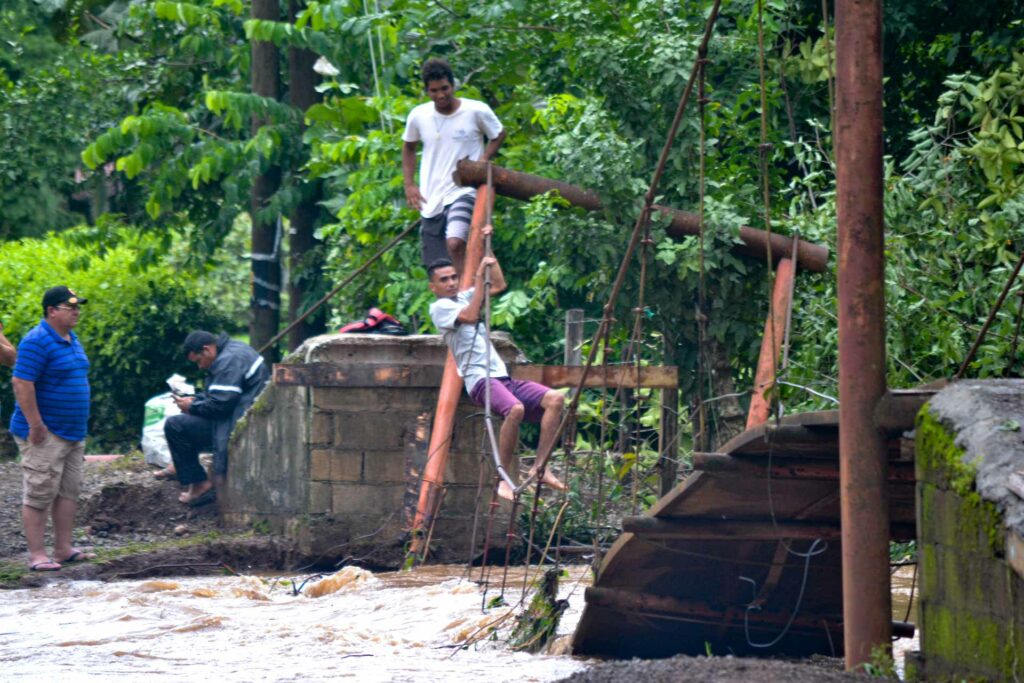
In October of 2020, the river swelled to such an extent that a pedestrian bridge used by the community collapsed.Photo: Roberto Cruz
With the money ready, what’s needed to move the bridge?
ADIO will be the organization in charge of coordinating with the municipality. In order to move the bridge to Ostional, they need to sign a new agreement between the association and the mayor’s office, explained the president of ADIO and the municipal engineer.
The document will authorize ADIO to move the structure to the community. They are assessing storing it on a property near the river or in an association warehouse. This is because the agreement between CONAVI and the municipality establishes that the bridge can only be delivered to the local government.
Molina explained that the idea is for the municipality to go to INCOFER to pick up the bridge and for the company hired by ADIO to be right there to load it and transport it to the community.
The next week, that bridge has to be in Ostional…. We can’t be waiting for the mayor to be dragging his feet there in the office,” Molina commented when evaluating the community’s urgency to have the structure.
The bridge will remain at INCOFER until ADIO and the municipality sign the new agreement. According to Molina and Rodriguez, both institutions are currently reviewing the text and hope that the agreement will be ready in the next two weeks.
The Voice consulted Camacho from CONAVI about the feasibility of the plan for moving it through a contract from ADIO. The engineer emphasized that once the bridge is handed over, the municipality becomes responsible for the structure and decides how to move it.
The wait for the bridge’s installation could last up to one more year. “Everything possible will be done before next winter [in 2024],” Camacho commented.
Currently there are three reasons why the structure would go from being stuck in INCOFER to being stuck in Ostional:
- CONAVI doesn’t have the final design ready for the bridge installation (which includes the plans for the sewer, support and ramps).
- The municipality doesn’t have budget approval from the Comptroller General of the Republic (CGR).
- The design requires the municipality to get a donation of approximately 250 square meters (2,690 square feet) of private property.
Camacho thinks that “[the design will take] at most one more month.” Meanwhile, the administration must formalize the transfer of the land necessary for the bridge’s installation.
No Money Approved
The bridge’s installation will cost approximately ¢347 million (about $635,000 USD). The municipality budgeted the money but the CGR did not approve the budget to use those funds on the project.
The CGR argued that the municipality didn’t include authorization from the Ministry of Public Works and Transportation (MOPT) to build on a national route. The agreement between CONAVI and the local government indicates that “CONAVI will authorize the Municipality of Santa Cruz to carry out work on Route No. 160, specifically over the Ostional River.”
Both institutions assured The Voice that they didn’t know that this requirement was necessary.
If there is already a signed agreement between parties in which the responsibilities of each party are clearly established and that we agree on that, it’s almost implicit [that the municipality has authorization to intervene on the route],” Camacho commented.
The municipal funds remained in a listing without budget allocation. In order for the institution to use them, they must present a budget modification proposal to the municipal council members. Afterwards, the council must approve the request, Rodríguez explained.


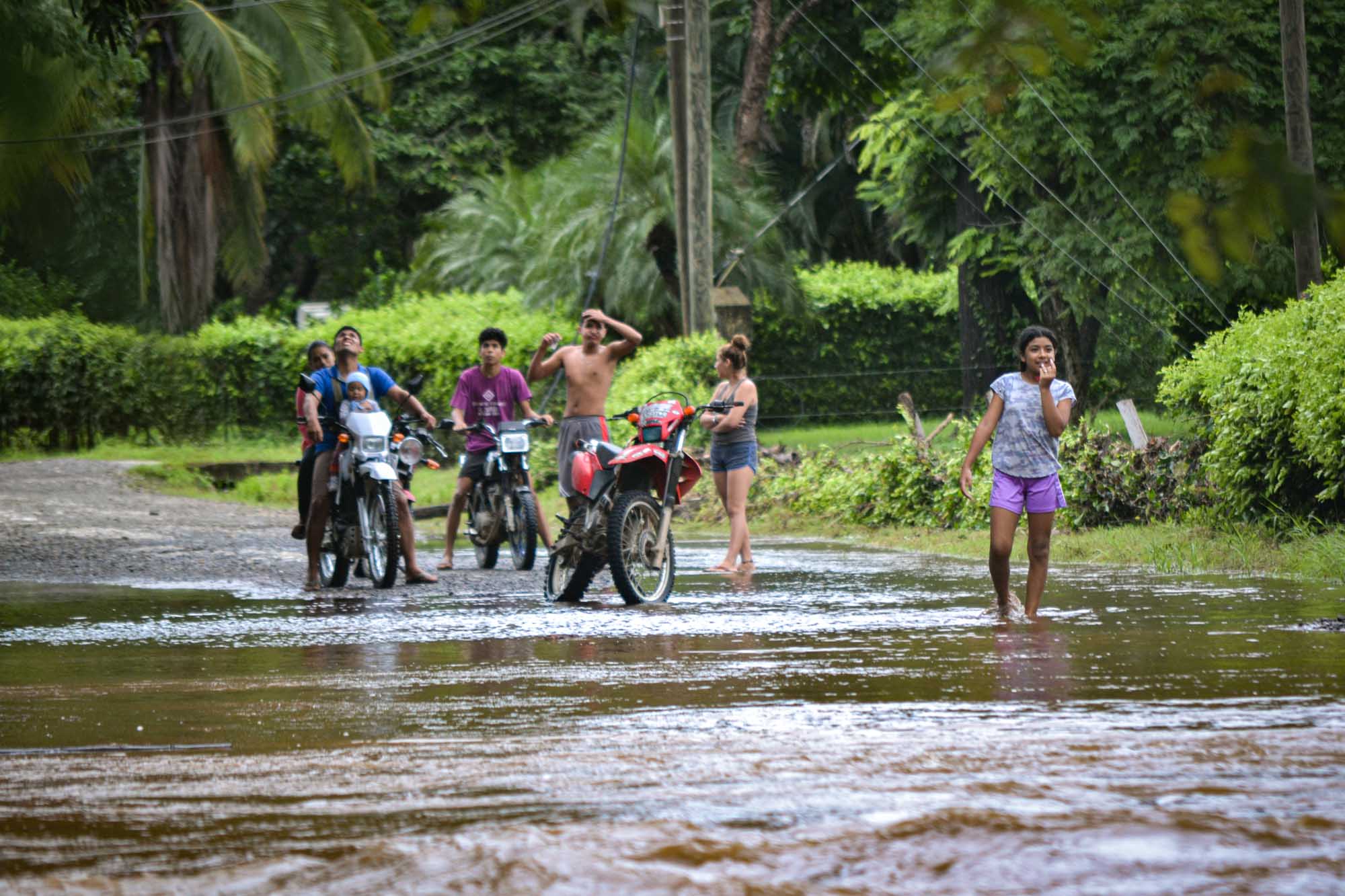

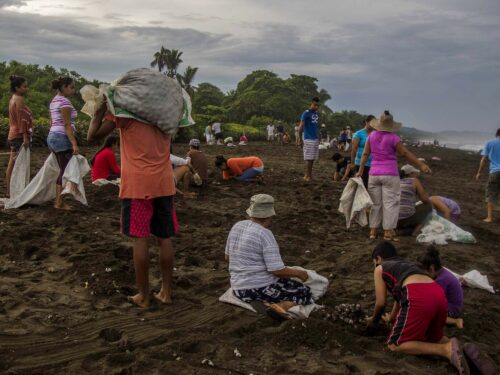
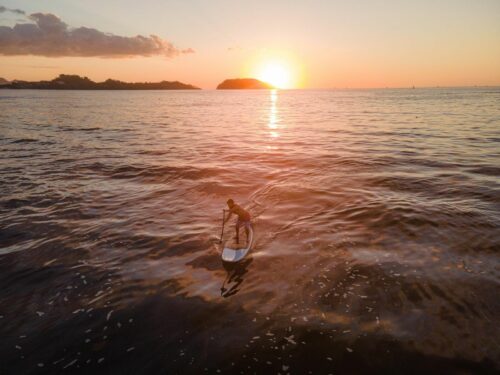
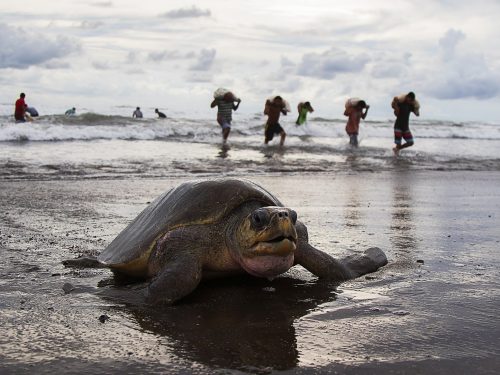

Comments